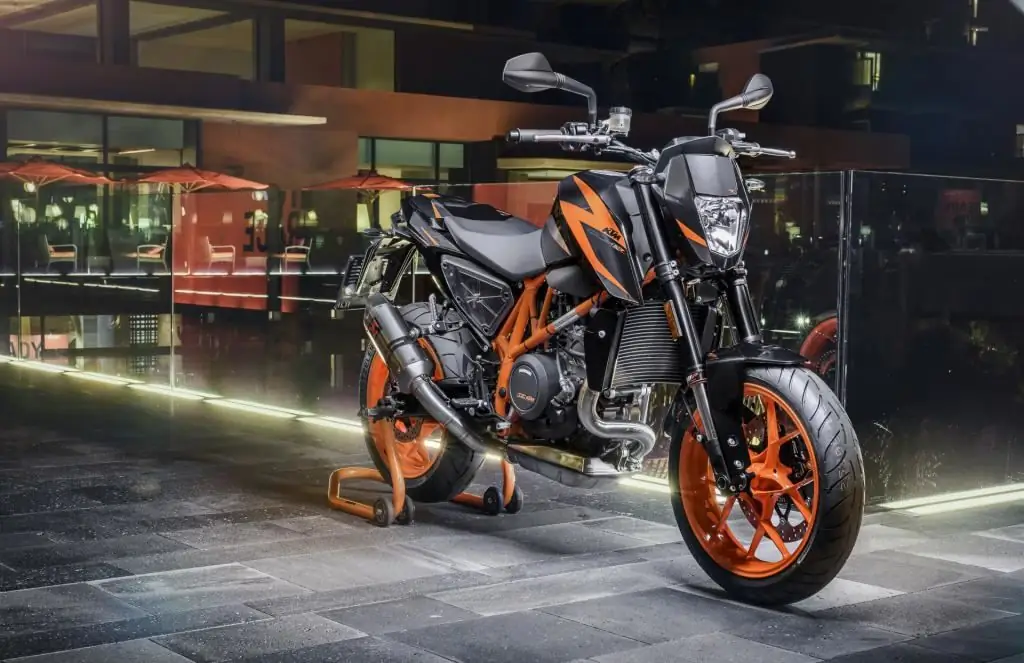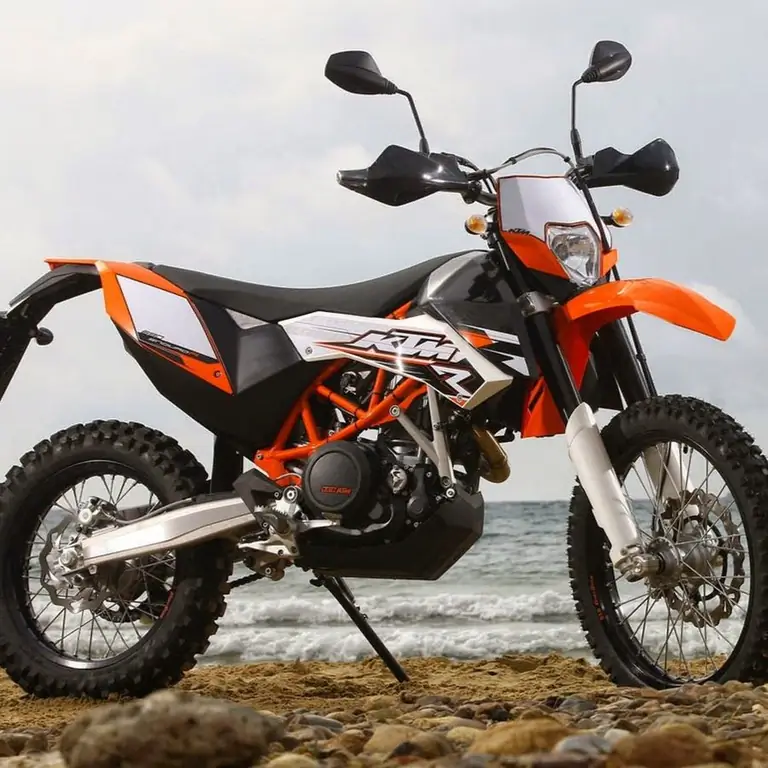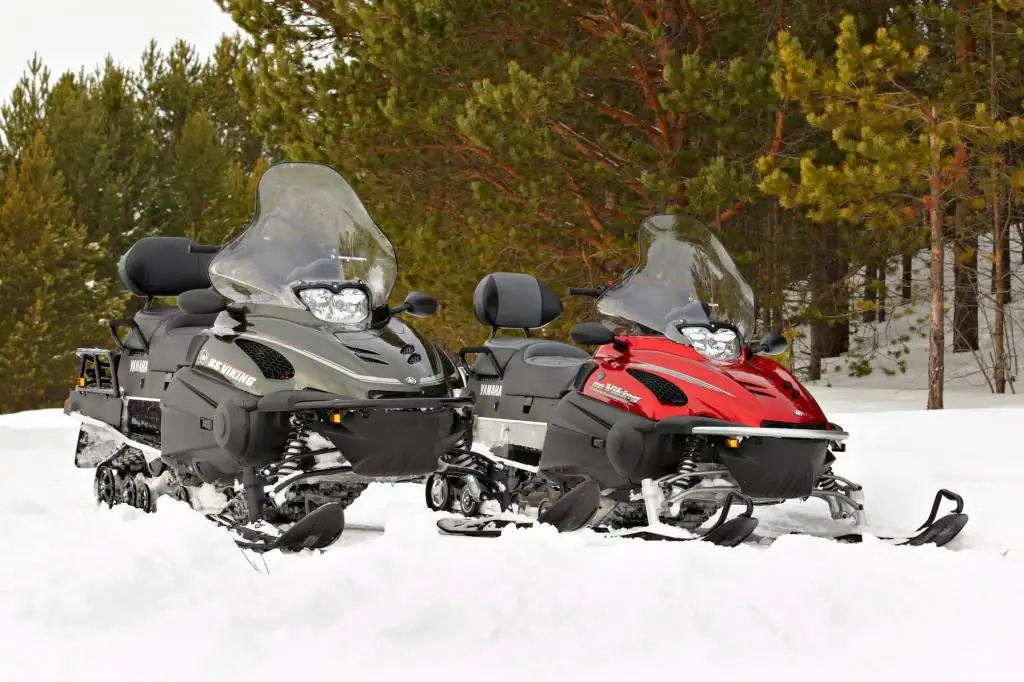2025 Author: Erin Ralphs | [email protected]. Last modified: 2025-01-22 21:14:09
The engine is the heart of the car. It is the internal combustion engines that produce torque, which is nothing more than the primary source of all mechanical, as well as electrical processes taking place in the car. But the engine is not able to exist without related systems - this is a lubrication system, cooling, exhaust gas, and also a power system. It is the latter that supplies the engine with liquid fuel. It can be gasoline, alcohol, diesel fuel, liquefied gas, methane. Engines are different, and they also eat differently. Consider the main types of systems.
Design and functions
All cars have a certain power reserve. This is the distance that the car is able to drive on a full tank without the need to refuel. This distance is influenced by seasonal factors, weather, traffic conditions, type of road surface, car load, driver's driving style. The main role in the “appetites” of the machine is played by the power system, as well asthe correctness of its work.
There are several main functions of this system. Regardless of the type of engine, this system performs the function of supplying, cleaning and storing fuel, and cleaning air. It also prepares the fuel mixture and delivers it to the combustion chambers.
The classic car power system consists of several elements. This is a fuel tank - fuel is stored in it. The pump is necessary to create pressure in the system, as well as to force the supply of gasoline. In order for the fuel to get from the tank to the engine, there is a fuel line in the system. These are metal or plastic tubes, as well as special rubber hoses. The system also includes filters - they clean gasoline.

The air filter is also part of any fuel system. A special device mixes air and fuel in a certain proportion.
Basic operating principle
The device of the engine power system as a whole is quite simple. The principle of operation is also simple. The fuel pump delivers gasoline from the tank. The liquid first passes through several filters, and then enters a device that prepares the mixture. Next, gasoline enters the cylinders - in different systems this is done in different ways.
Types of systems
Among the main types of fuel are gasoline, diesel, as well as liquefied or natural gas. Accordingly, the engine can be gasoline, diesel or gas-powered.
Typology recognized among specialistsautomotive power systems according to the method of supply and the method of preparing the mixture. According to this classification, carburetor systems and injection systems are distinguished. This is a mono-injector and an injector.
Carburetor
The power supply system of the carburetor engine has a fairly simple device. It has all of the above elements, and it works in much the same way as already described above. In this case, a carburetor is used as a device that prepares the mixture.

The latter is a fairly complex unit. It serves to mix gasoline with air in certain proportions. In the history of the automotive industry, there have been many models and types of carburetors. But the most popular are float-type models with a suction principle of operation. These are numerous “Ozones”, “Solexes”, “Webers” and others.
The carburetor diagram is as follows. Naturally, this is a fundamental device. All carburetors are structurally different from each other.
The unit consists of a float chamber and one or two floats. Fuel is supplied into this chamber through a needle valve. But that's not all. Also in the carburetor device there are mixing chambers. There may be one or two. There are models where there are four or more mixing chambers. There is also a diffuser and diffuser. Float carburetors are also equipped with air and throttle valves. Carburettors are made by casting. Inside there are channels for the passage of fuel and air. They are equipped with special dosingelements - jets.

The scheme of work here is passive. When the engine piston is on the intake stroke, a vacuum is created in the cylinder. Due to the vacuum, air enters the cylinder. The latter passes through the filter, as well as the corresponding carburetor jets. Further, in the mixing chamber and diffusers, the fuel supplied from the atomizer is broken up into small fractions by the air flow. After that, it mixes with air. The mixture is then fed into the cylinder through the intake manifold.
Despite the fact that carbureted engines are considered obsolete, they are still very actively used. Some enthusiasts are refining or inventing new models.
Injection systems
Engines have evolved, and power systems have improved along with them. Instead of carburetors, engineers invented single-point and multi-point injection systems. The operation of the power supply system of this type of engine is already noticeably more complicated. But they are not always more reliable.
Single injection
It's not really an injector. It's more like a carburetor with a nozzle and a few gauges. The difference is that fuel is supplied to the intake manifold not due to vacuum, but through injection through a nozzle - it is the only one in the entire system. The process is controlled by electronics - it receives information from two or three sensors and, based on this, doses the amount of gasoline.

The system is simple - and this is the main argument against carburetor analogues. The pressure in the fuel system is low, and this allowsuse conventional electric fuel pumps. ECU control makes it possible to constantly monitor the amount of gasoline and maintain a stoichiometric mixture.
Electronics works with multiple sensors. This is a mechanism that controls the throttle opening angle, crankshaft position sensor, lambda probe, pressure regulator. Some models also have an idle speed control.
This gasoline engine power system sends a signal based on information from sensors that opens the nozzle. Despite the fact that mono-injection controls the electronics, and its device is quite simple, there are a lot of difficulties with them. Often, car owners are faced with excessive fuel consumption, car jerks, and failures. Often, due to the fact that most of these systems are very old, it is difficult to find spare parts and repair kits for them. Therefore, owners are often forced to go back technologically and install carburetors where there are no electronics.
Even good maintenance of this type of engine power system often fails. Due to the age, poor quality of gasoline, these systems have poor viability.
Ported and direct injection systems
To implement this system, the engineers had to abandon one injector and use a separate one for each cylinder. In order for the fuel to be sprayed with high quality and mixed with air in the correct proportion, the pressure in the system was increased. The injectors are installed in the manifold after the throttle valve, and they are directed to the intakevalves.

This injection engine power system is electronically controlled. Here there is a basic set of sensors, as in mono-injection. But there are others. For example, a mass air flow sensor, detonation and temperature in the manifolds. By pressing the gas pedal, the driver supplies air into the system. The ECU uses information from the sensors to open the injectors. The ECU also determines the number, intensity and number of cycles that will occur in one injection.
Diesel ICEs
The principle of operation of diesel internal combustion engines should be explained separately. It also has injectors. And diesel fuel is sprayed into the cylinders. In the combustion chambers, the mixture is formed, where it is then ignited. Unlike a gasoline engine, in a diesel engine, the mixture does not burn from a spark, but from compression and high temperatures. This is the main feature of these internal combustion engines. Thus, high torque and fuel efficiency are achieved. Typically, such engines have low fuel consumption, as well as a high degree of compression (this parameter reaches 20-25 units). If this indicator is lower, the engine simply will not start. At the same time, a gasoline engine can start even with low compression of eight units or less. The power supply system of a diesel engine can be presented in several forms. This is direct injection, swirl chamber, pre-chamber.

Vortex chamber and pre-chamber options supply fuel to a special container in the cylinder, whereit partially lights up. Then a portion of the fuel is sent to the main cylinder. In the cylinder, the burning diesel mixes with air and burns out. With regard to direct injection, here the fuel is immediately delivered to the cylinder and then mixed with air. The pressure in the fuel rail can reach two hundred or more bar. At the same time, gasoline ICEs have an indicator of no more than four.
Faults
During the operation of the car, the fuel supply system operates under load, which can lead to unstable behavior of the car or failure of various elements of the fuel system.
Not enough fuel
This happens due to low-quality fuel, long service life, exposure to the environment. All these factors lead to contamination in the fuel line, in the tanks, in the filters. Also in the case of carburetors, the holes for supplying gasoline are clogged. Often, fuel is not supplied due to a pump failure. On machines with mono injection, there may be malfunctions due to electronics.
For the stable operation of the internal combustion engine, regular maintenance of the engine power system is required. It involves flushing injectors, flushing a single injection or carburetor. It is necessary to periodically change filters, as well as carburetor repair kits.
Loss of power
This malfunction of the fuel system is associated with a violation of the proportions of the mixture that is supplied to the combustion chambers. In injection machines, this happens due to the failure of the lambda probe.

In the carburetor canbe due to incorrectly selected jets. As a result, the engine runs too rich.
Conclusion
There are other problems with the fuel system. But in most cases, they are associated with other systems in the car. With proper maintenance and replacement of filters, a modern engine will not cause problems for the owner, of course, if it is not an old mono injection.
Recommended:
"KTM 690 Duke": description with photo, technical specifications, engine power, maximum speed, features of operation, maintenance and repair

The first photos of the "KTM 690 Duke" discouraged experts and motorists: the new generation lost its signature faceted shapes and double optical lenses, turning into an almost identical clone of the 125th model. However, the company's press managers diligently assured that the motorcycle had gone through an almost complete update, so it can be considered a full-fledged fourth generation of the Duke model, which first appeared in 1994
"Yamaha MT 07": technical specifications, engine power, maximum speed, operation and maintenance features, owner reviews

The Japanese concern Yamaha last year presented two models from the MT series at once under the markings 07 and 09. Motorcycles "Yamaha MT-07" and MT-09 were released under the promising slogan "The Light Side of Darkness", which attracted close attention of motorists
KTM 690 "Enduro": specifications, engine power, maximum speed, operation and maintenance features, owner reviews

Motorcycle KTM 690 "Enduro": description, features, operation, care, maintenance, design features, photo. KTM 690 "Enduro": specifications, speed performance, engine power, owner reviews
"Land Rover Defender": owner reviews, technical specifications, engine power, maximum speed, operation and maintenance features

Land Rover is a fairly well-known car brand. These machines are popular all over the world, including in Russia. But usually this brand is associated with something expensive and luxurious. However, today we will pay attention to the classic SUV in the style of "nothing more." This is a Land Rover Defender. Reviews, specifications, photos - later in the article
"Yamaha Viking Professional": technical specifications, engine power, maximum speed, operation and maintenance features, reviews and owner reviews

"Yamaha Viking Professional" - a real heavy snowmobile, designed to conquer mountain slopes and snowdrifts. From the curves of the front bumper to the roomy rear luggage compartment, the Yamaha Viking Professional literally speaks of its utility snowmobile

